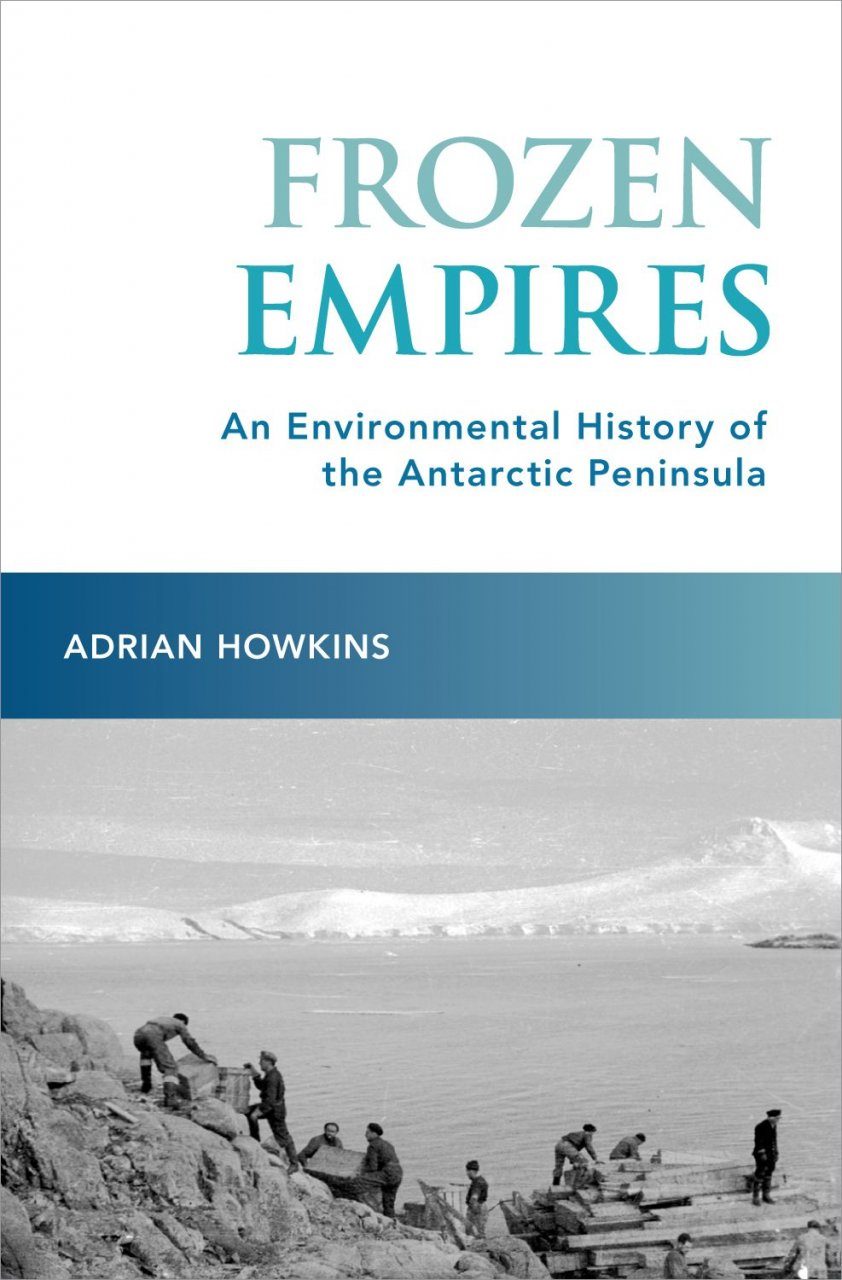Spring 2020 will be remembered for the global Covid-19 pandemic. While in Britain people were ordered to stay at home in a national lockdown, the nation also experienced its longest run of coal-free energy generation since the Industrial Revolution – 68 days of coal-free power. This wasn’t unconnected: as the economy shrunk almost overnight some of the major industrial energy uses stopped; steady low usage meant that the ‘back-up’ coal-fired generators of the national grid weren’t needed. Nor was this fossil-free: oil, alongside nuclear and gas, continued to fuel power plants. But, more than ever before, our energy was produced by renewable sources, and on 26 August 2020, the National Grid recorded the highest every contribution by wind to the national electricity mix: 59.9%.
This shift out of fossil dependence is both a historic moment, and the product of historical processes. The technological and scientific work that underpins the development of efficient turbines has taken decades – and it is what I’ve written about in my article, ‘When’s a gale a gale? Understanding wind as an energetic force in mid-twentieth century Britain’, out now in Environmental History. I look at how interest in the wind as a potential energy source (by the British state, and state scientists), generated the need for knowledge about how wind worked. Turbine technology needs airspace to operate, but it also needs land – to ground the turbines in, to connect to the grid by – and people to install and operate the devices. And so when looking at energy landscapes, we really need to think beyond the technology and consider the people and places with which it interacts, to understand how energy is produced and used.
This was certainly the case for understanding wind energy. In 1940s and 50s Britain, scientists surveyed the wind regime at a national scale for the first time. They relied on the help and cooperation of local people to do this. In the brief mentions of this assistance in the archival record, we gain insight into the importance of embodied, localised knowledge in scientific processes which can at first seem detached from the actual landscapes of study.
The surveys determined Orkney as the best place to situate a test turbine. Embodied knowledge, knowledge that is learnt from being in place and from place, is very tangible in accounts of a hurricane which hit Orkney in 1952, during the turbine tests. By looking at how the islanders made sense of a disastrous wind, and brought the turbine technology into their narratives of the storm, we learn that it is not only electricity generated by the development of renewable energy, but also new dimensions to place-based knowledge and identities.
Seeing beyond the technology to consider its interactions with environments and societies is something that the energy humanities considers as essential. I’ll be working on this subject from this perspective for some time to come, and would love to hear your thoughts on the article.
 |
||
| Costa Hill from the coast path. Photograph by Marianna Dudley, 2017. |
——————————-
This blog has been reposted with kind permission from the Bristol Centre for Environmental Humanities. View the original blog. This blog was written by Cabot Institute for the Environment member Dr Marianna Dudley. You can follow Marianna on Twitter @DudleyMarianna.








